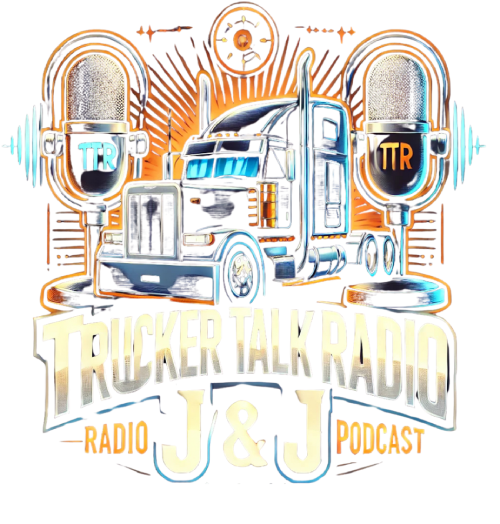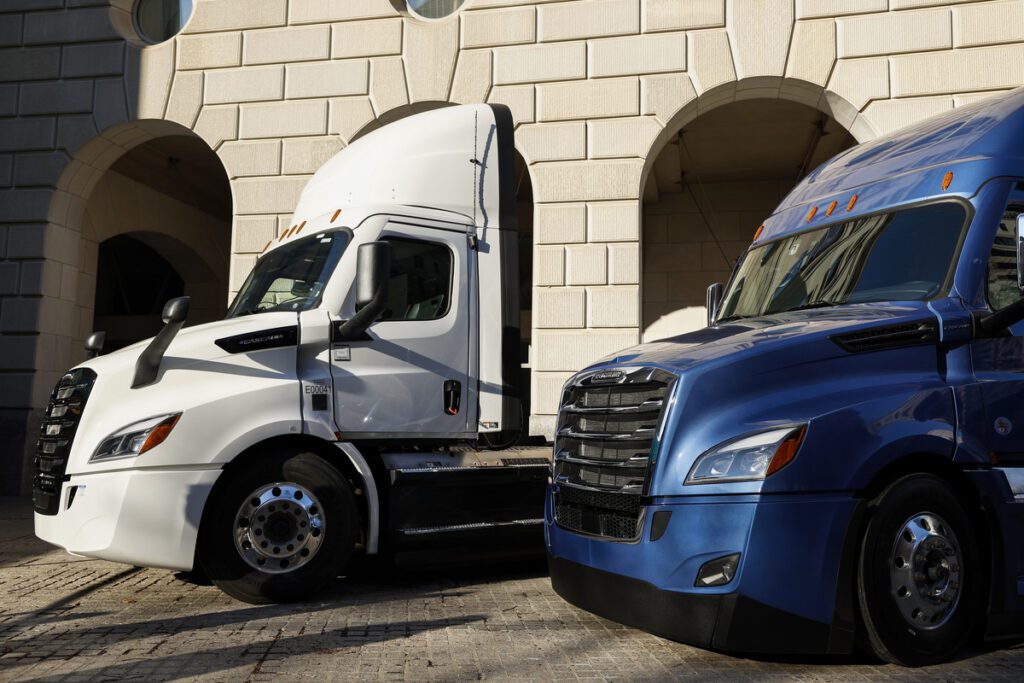The EPA’s recent enforcement on climate pollution from trucks, announced on Friday, is less stringent than the draft rule presented last year. However, this has not appeased its critics.
Litigation is anticipated, and congressional Republicans are considering measures to reverse the administration’s finalized tailpipe regulations for heavy-duty trucks. Some environmental advocates are also dissatisfied with the outcome.
The modifications made to the new rule align with the enhancements the EPA implemented for greenhouse gas standards for passenger vehicles, which were finalized the previous week. These regulations are designed to appeal to climate-conscious voters in key swing states like Michigan, especially with the upcoming November elections.
The EPA is racing to finalize a range of regulations before April or May to avoid the possibility of the next Congress or an incoming Republican president using the Congressional Review Act to easily overturn them. Regulations finalized this spring have often been more lenient compared to their initial proposals, illustrated by the Agency’s postponement of carbon regulations for existing gas-fired power plants until a potentially extended Biden term. New carbon rules for emerging gas generation and existing coal-fired power plants are expected to be finalized next month.
On a call Thursday, agency officials informed reporters that the new truck regulation, which pertains to various vehicles like garbage trucks and tractor-trailers, marks the most rigorous pollution standard yet for this sector. The rule aims to cut 1 billion tons of carbon dioxide emissions by 2055, along with millions of tons of soot and local air pollutants that excessively affect the health of low-income, Black, and Hispanic communities. “Lower emissions from heavy-duty vehicles imply cleaner air and less pollution,” remarked EPA Administrator Michael Regan.
The final rule does not prohibit conventional engines but establishes annual carbon emissions limits that progressively decrease each year, varying by the size and classification of the truck. It tightens existing standards for the 2027 model year and introduces new ones for models from 2028 to 2032. While the final rule allows for more flexibility in technology choices than previous drafts, some of these technologies, such as natural gas engines and hybrids, are not yet widely adopted.
Despite the EPA’s assertions, some environmental groups find the rule disappointing, arguing that greater actions should have been taken. Guillermo Ortiz from the Natural Resources Defense Council expressed concerns and underscored the urgency for addressing the health impacts of freight movement. In contrast, Rev. Lennox Yearwood Jr. from the Hip Hop Caucus acknowledged that while more stringent measures would have been preferable, the regulation represents a significant step toward cleaner air for communities.


